Art Photography Tutorial: basic camera settings
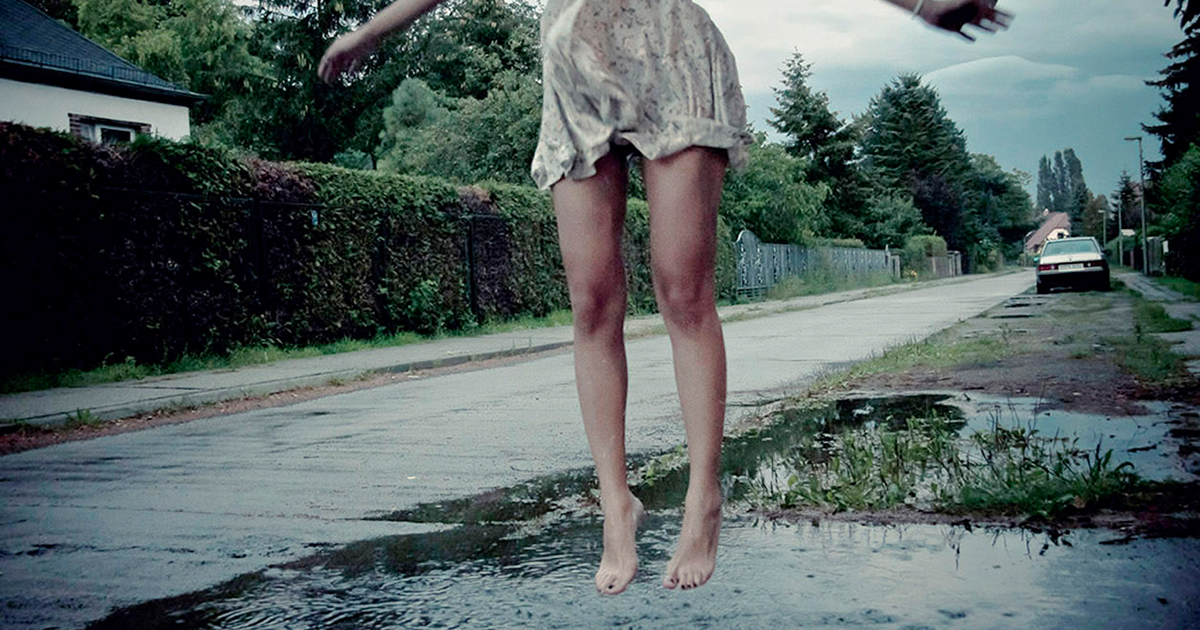
Learn how to handle your camera and control the speed, aperture and ISO to create artistic photographs, with Irene Cruz
In a world in which mobile phones have become the basic instruments for taking photos, adjusting a camera – whether analog or digital – to achieve personalized results has become almost an art.
In this tutorial, Irene Cruz, a Spanish photographer who works in the world of art and cinema, in addition to having experience as a teacher in universities and centers in Spain, the United Kingdom, Germany and Switzerland, teaches us the basic settings to take photos like a professional.
Find out in the video.
3 basic tips to adjust your camera
1. Understand the role of speed
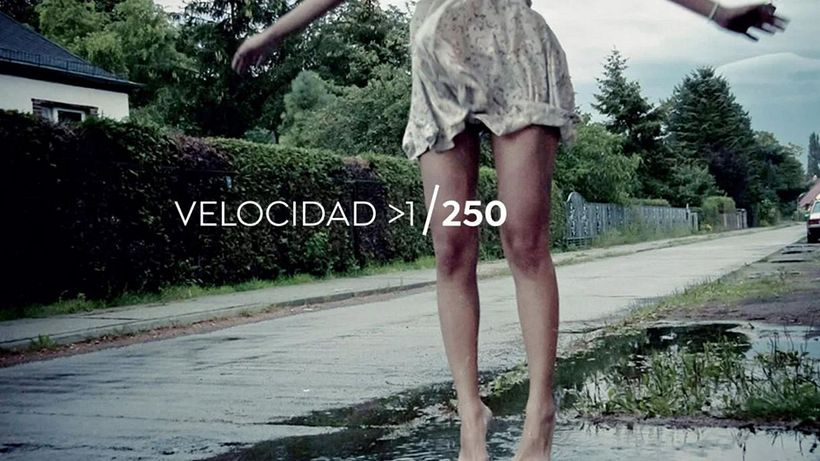
If you want a completely frozen frame, with full sharpness in both your main model or element and the background, you should always choose the highest speeds – greater than 1/250.
However, if the idea is for the photo to suggest movement and appear swept or shaky, the speed should be less than 1/30.
To do this, go to your camera settings and choose "Speed Priority."
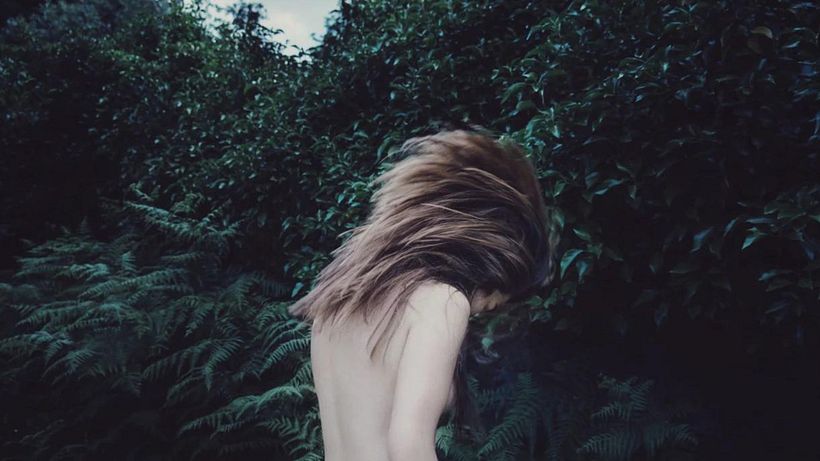
2. Control the opening
If you are looking for a completely blurred background, you will need a shallow depth of field. That is, an aperture of F less than 3.5 could be adequate.
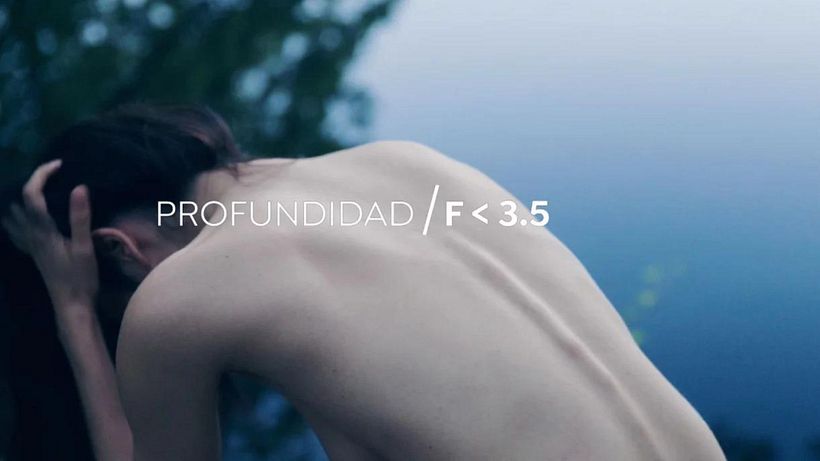
On the other hand, if you need a photograph with more depth of field –that is, everything is in focus–, you will have to close the diaphragm. That is, the opening will be greater than 7.1. Keep in mind that with such a closed aperture, your photo will receive much less light. That is, to get that type of image you will have to photograph in fairly bright environments.
3. Explore the ISO
Another way to build your photography is through ISO sensitivity. If you have dim light, choose a high ISO – but keep in mind that this will add "noise" and grain to your photos.
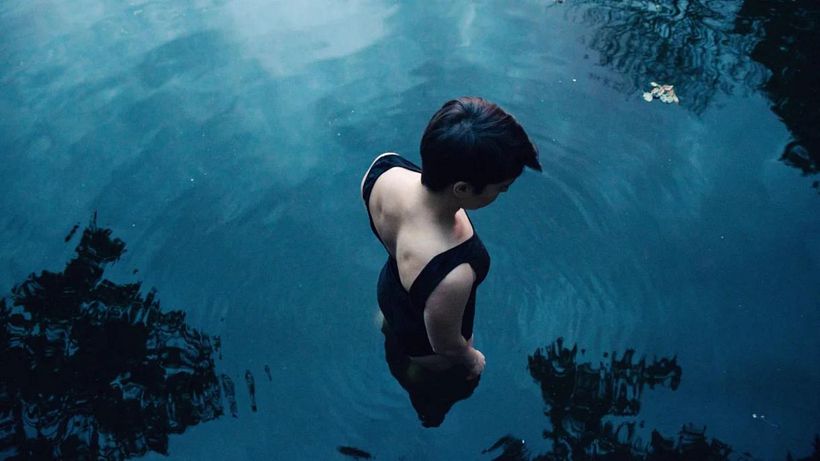
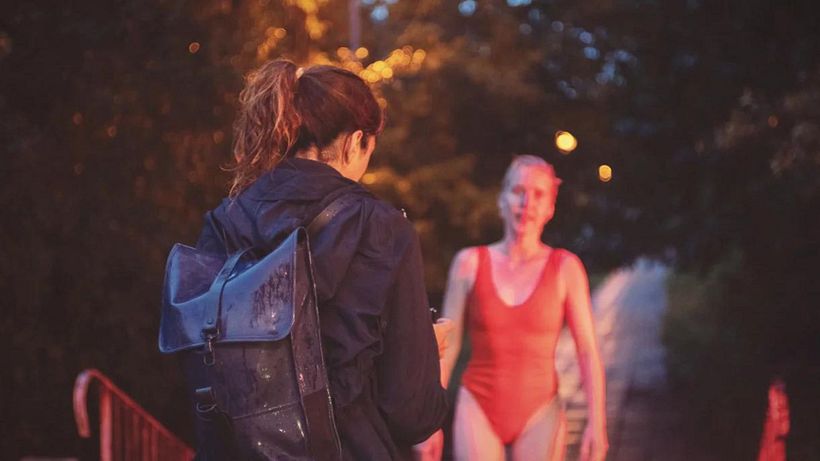
Be careful not to overexpose (make the photo very light) or underexpose (very dark). It's all a matter of testing, checking the results and understanding your team and the language you are looking for for each of your projects.
If you want to learn to express your inner world through the lens and direct models to get more personal photos, don't miss Irene's online course, 'Artistic photography: transforms concepts into images'.
You may also be interested in:
- Analog and digital artistic photography, a course by Berta Vicente
- Photographic self-portrait 'Fine Art', a course by Danny Bittencourt
- Introduction to narrative photography, a course by Dara Scully
- 15 examples of how use soft or hard light in your photos
- Lola Álvarez Bravo, the photographer who challenged conservative Mexico


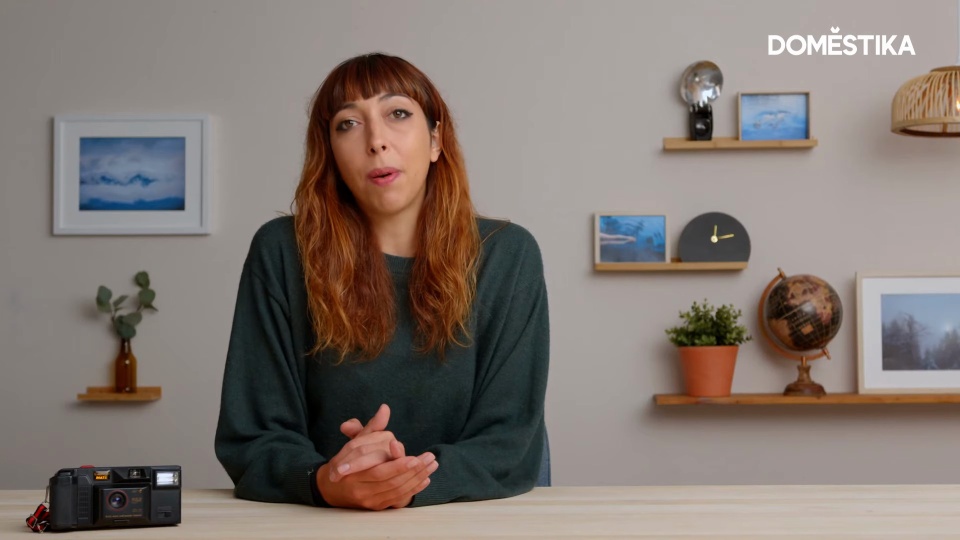



0 comments